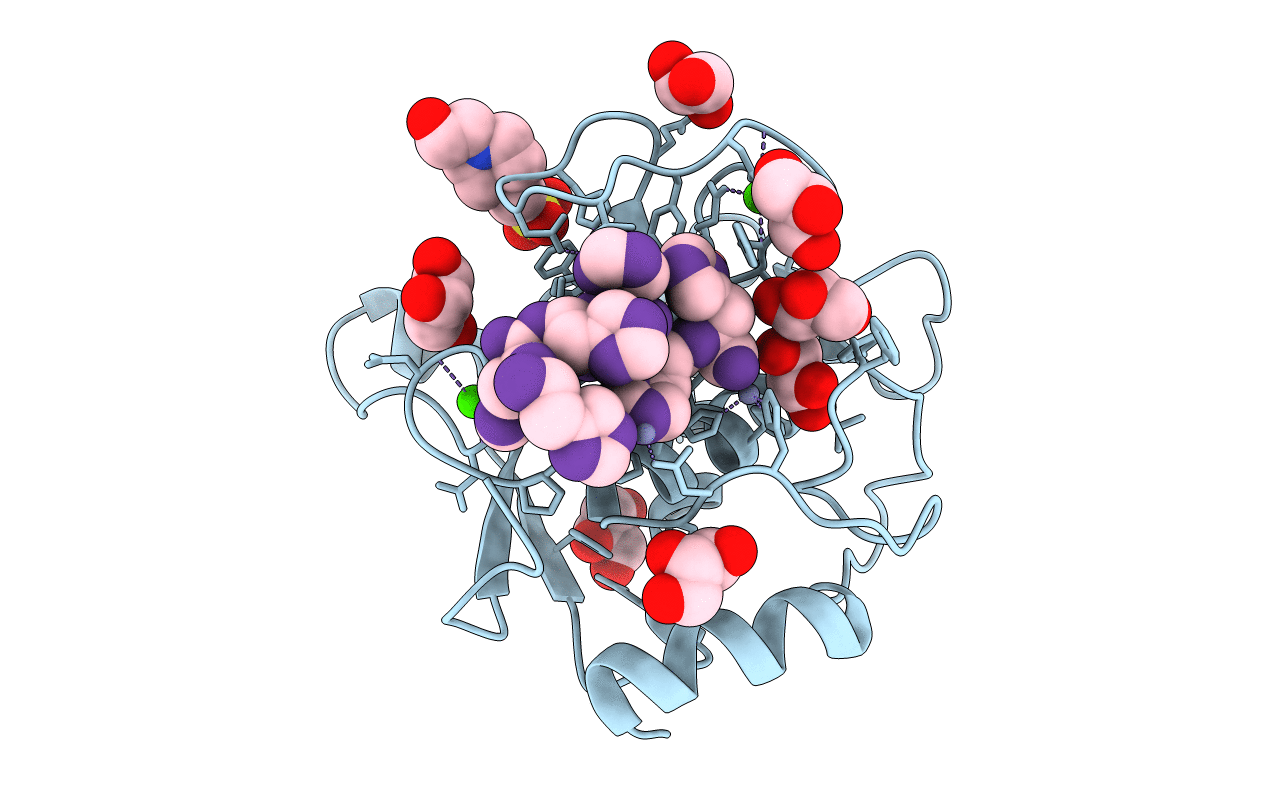
Deposition Date
2016-10-07
Release Date
2017-10-04
Last Version Date
2024-01-10
Entry Detail
PDB ID:
5H0U
Keywords:
Title:
Crystal structure of the catalytic domain of membrane type 1 matrix metalloproteinase
Biological Source:
Source Organism:
Homo sapiens (Taxon ID: 9606)
unidentified (Taxon ID: 32644)
unidentified (Taxon ID: 32644)
Host Organism:
Method Details:
Experimental Method:
Resolution:
2.24 Å
R-Value Free:
0.25
R-Value Work:
0.19
R-Value Observed:
0.19
Space Group:
P 43 21 2


